Watercolor painting has an enchanting way of capturing light, blending colors seamlessly, and creating ethereal effects that feel almost otherworldly. Whether you’re a beginner or an experienced artist, experimenting with different techniques can take your watercolor artwork to the next level. In this guide, we’ll explore seven breathtaking watercolor techniques to help you create dreamy, delicate, and captivating paintings.

1. Wet-on-Wet: Soft & Dreamy Blends
One of the most magical watercolor techniques, wet-on-wet creates soft transitions and natural gradients by applying wet paint onto a wet surface.
How to Do It:
- Lightly wet your watercolor paper using a clean brush and clear water.
- Apply watercolor pigment onto the damp surface and watch the colors blend organically.
- Tilt the paper slightly to guide the flow for a natural diffusion effect.
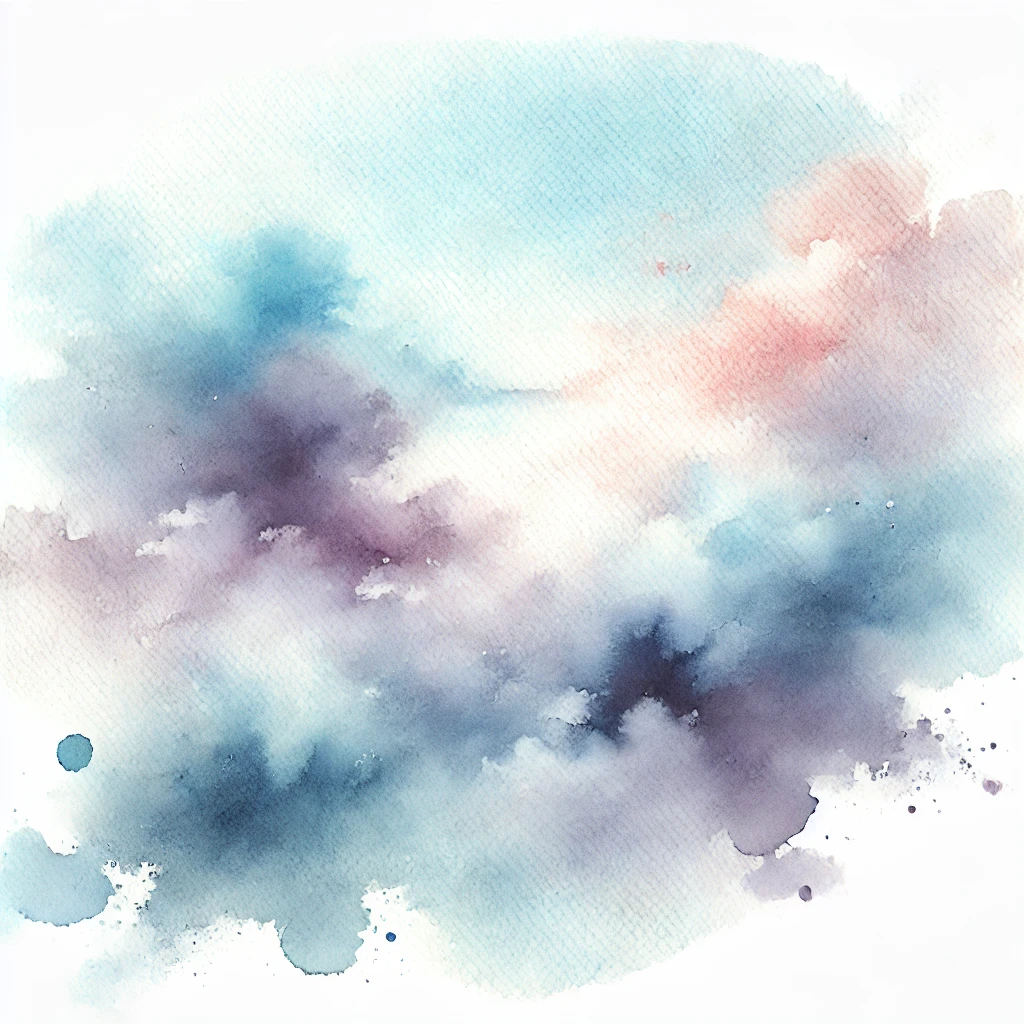
✨ Best for: Skies, oceans, and misty landscapes.
🛍 Recommended Supplies: High-quality cotton watercolor paper like Arches, a soft mop brush, and professional-grade watercolors like Daniel Smith or Winsor & Newton.
(This blog contains affiliate links, meaning I make a small commission at no extra cost to you.)
2. Dry Brush: Crisp & Textured Details
For a striking contrast to the soft wet-on-wet look, the dry brush technique adds texture and dimension to your paintings.
How to Do It:
- Use a nearly dry brush with very little water.
- Load it with pigment and drag it lightly across the paper.
- The rough texture of the paper will catch the pigment, creating a scratchy, textured effect.
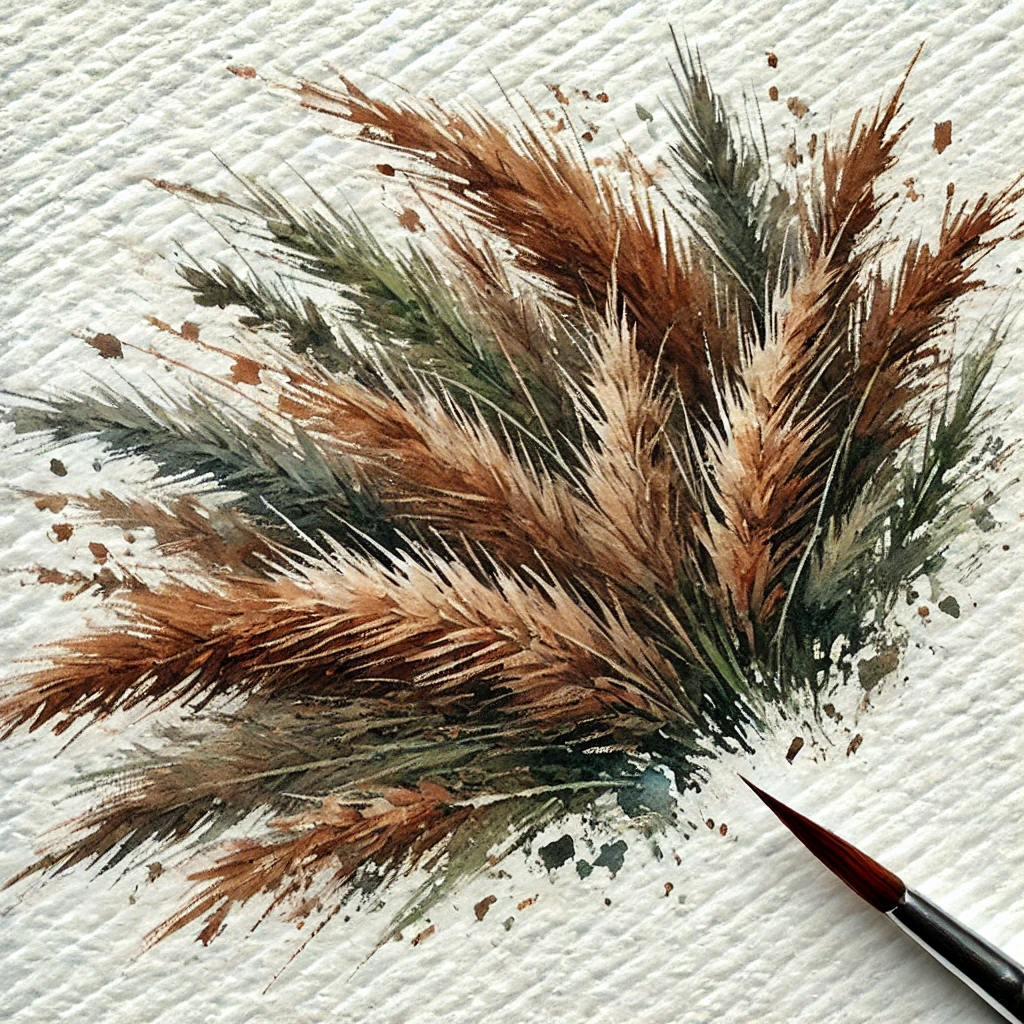
✨ Best for: Grass, fur, bark, and fine details.
🛍 Recommended Supplies: A stiff synthetic brush, rough cold-press watercolor paper, and granulating pigments for extra texture.
3. Salt Texture: Unique Crystalized Patterns
A simple yet mesmerizing way to add unexpected patterns is by sprinkling salt on wet watercolor.
How to Do It:
- Apply a wash of watercolor onto the paper while it’s still wet.
- Lightly sprinkle coarse sea salt or table salt onto the wet paint.
- Let it dry completely, then brush off the salt to reveal the crystallized patterns.
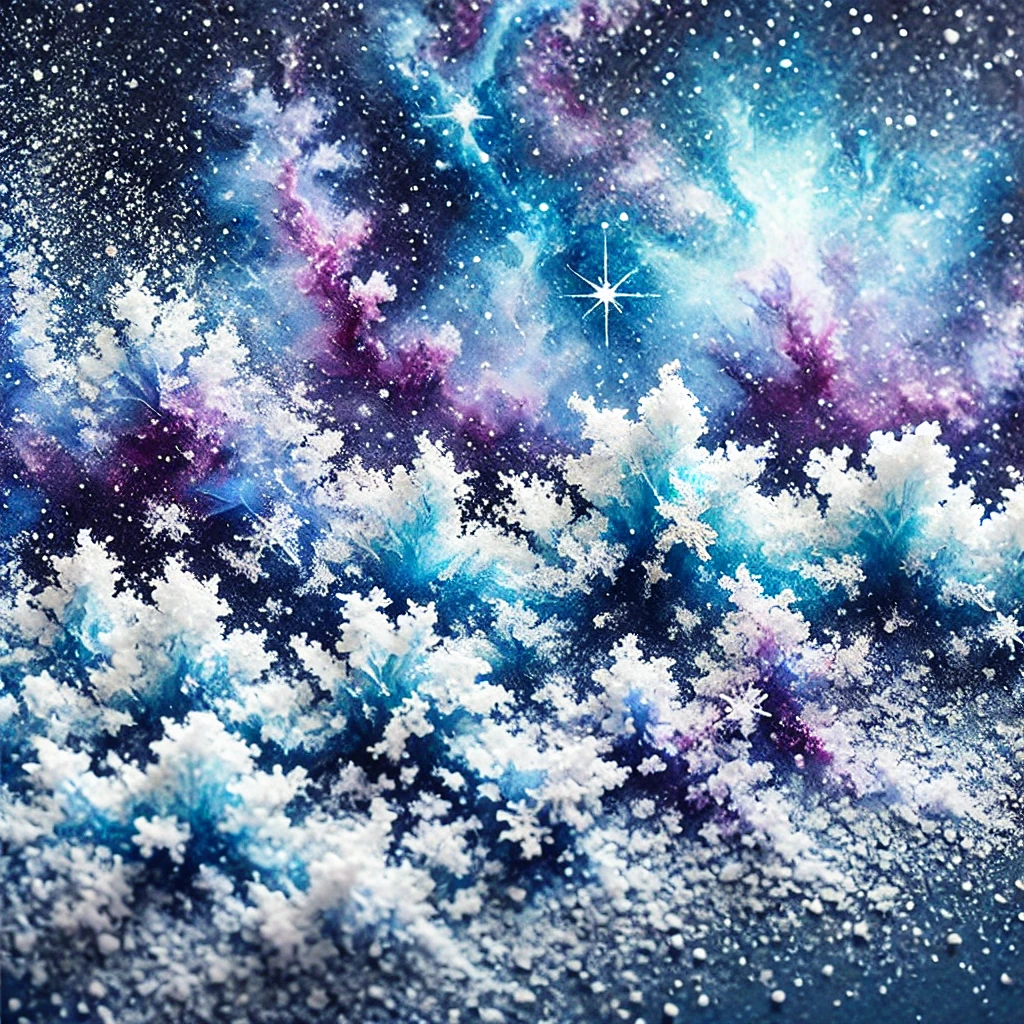
✨ Best for: Galaxies, snowy landscapes, and abstract textures.
🛍 Recommended Supplies: Fine-grain and coarse sea salt, watercolor paper with good absorbency, and deep-pigmented watercolors.
4. Lifting Technique: Soft Highlights & Glow
Lifting color can create luminous highlights and soft glowing effects in your artwork.
How to Do It:
- Apply a watercolor wash and let it sit for a few moments.
- While still damp, use a clean tissue or sponge to gently blot areas where you want to remove pigment.
- You can also use a damp brush to lift and soften edges.

✨ Best for: Glowing sunsets, foggy landscapes, and luminous effects.
🛍 Recommended Supplies: Natural sponges, soft cotton rags, and an absorbent brush like a flat wash brush.
5. Splatter Technique: Dynamic & Expressive Energy
Splattering adds movement, texture, and an energetic feel to paintings.
How to Do It:
- Load a brush with watered-down paint.
- Tap or flick the brush over your painting to create organic splatters.
- Control the splatter size by adjusting the brush’s distance from the paper.

✨ Best for: Stars in a galaxy painting, abstract splashes, or textured floral effects.
🛍 Recommended Supplies: A fan brush, toothbrush, or round brush for different splatter effects.
6. Gradient Wash: Smooth & Seamless Color Transitions
A gradient wash is a foundational watercolor technique for achieving smooth color changes.
How to Do It:
- Start with a concentrated pigment at the top of your paper.
- Gradually add more water as you move downward to create a soft fade.
- Work quickly before the paint dries to avoid harsh lines.
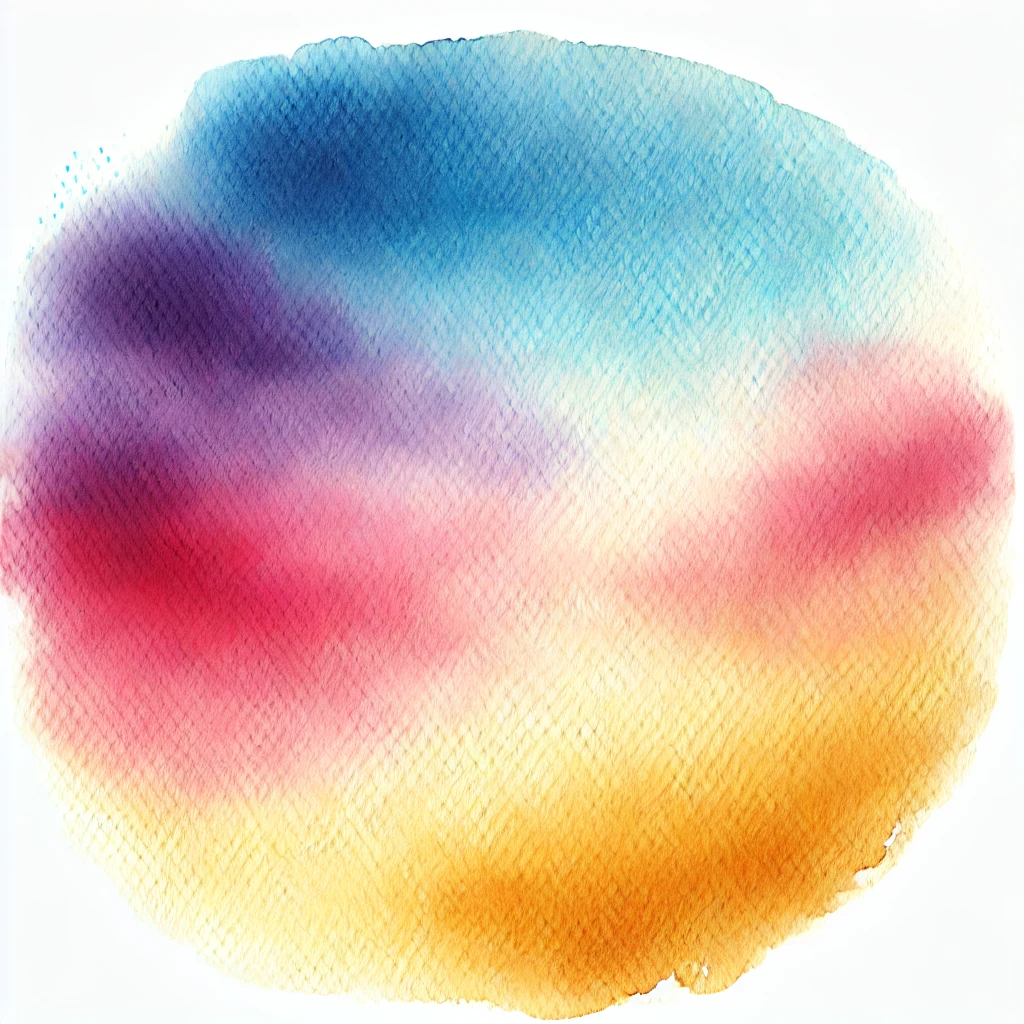
✨ Best for: Sunsets, skies, and soft backgrounds.
🛍 Recommended Supplies: A large flat wash brush, a tilted surface, and transparent watercolor paints.
7. Masking Fluid: Preserve Whites & Add Intricate Details
Masking fluid allows you to preserve white spaces and intricate details that would be difficult to paint around.
How to Do It:
- Use a fine brush or ruling pen to apply masking fluid onto dry paper.
- Let it dry completely before painting over it.
- Once your painting is dry, gently rub off the masking fluid to reveal crisp highlights.
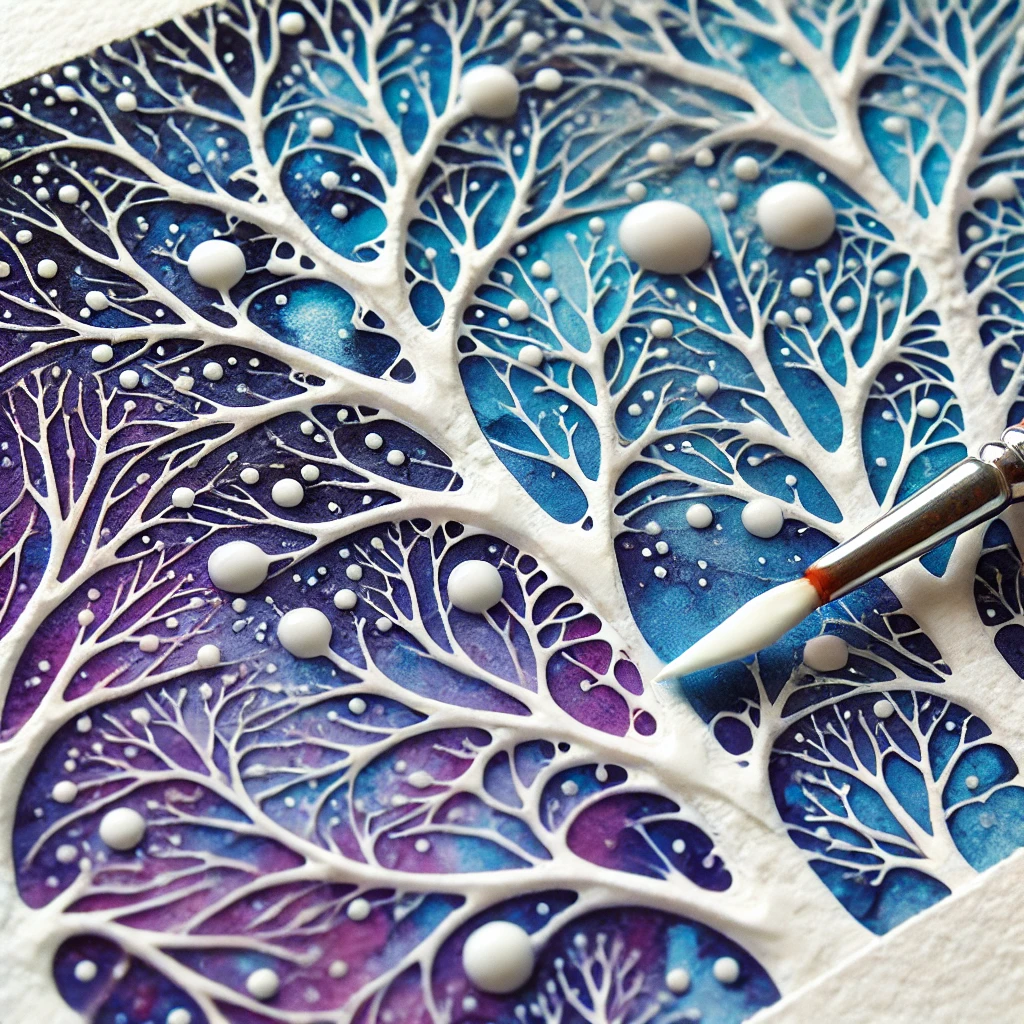
✨ Best for: Detailed leaves, stars, and delicate highlights.
🛍 Recommended Supplies: Masking fluid, a rubber eraser, and a silicone brush to prevent bristle damage.
Final Thoughts: Let Your Creativity Flow!
These seven watercolor techniques can transform your paintings, making them more dynamic and expressive. Whether you’re painting ethereal landscapes, delicate florals, or abstract dreamscapes, these methods will help you add depth, texture, and a magical touch to your art.
🎨 Ready to Elevate Your Watercolor Game?
- 🛒 Shop high-quality watercolor supplies
- 📌 Save this guide on Pinterest for easy reference!
- 💬 Which technique is your favorite? Drop a comment below!
Happy painting! 🎨✨